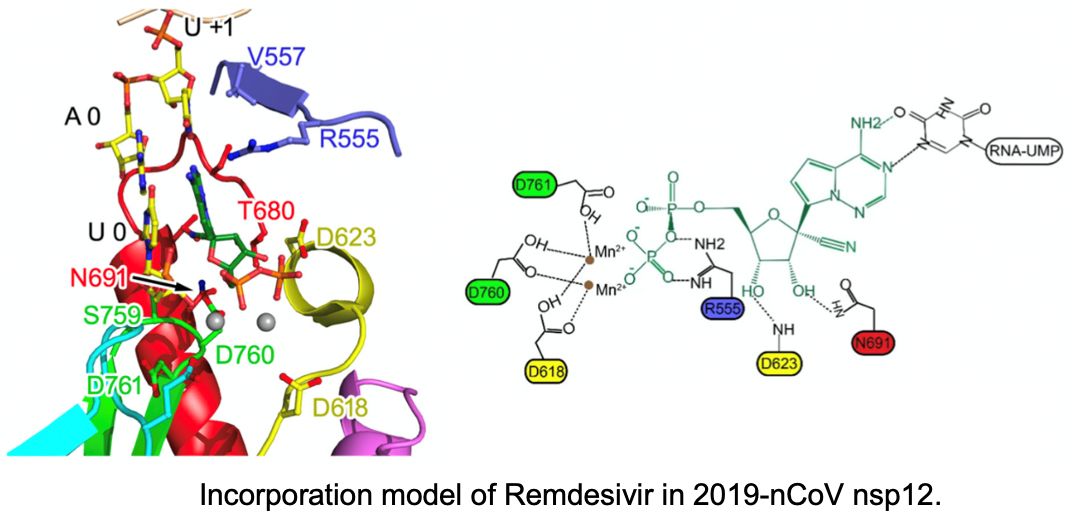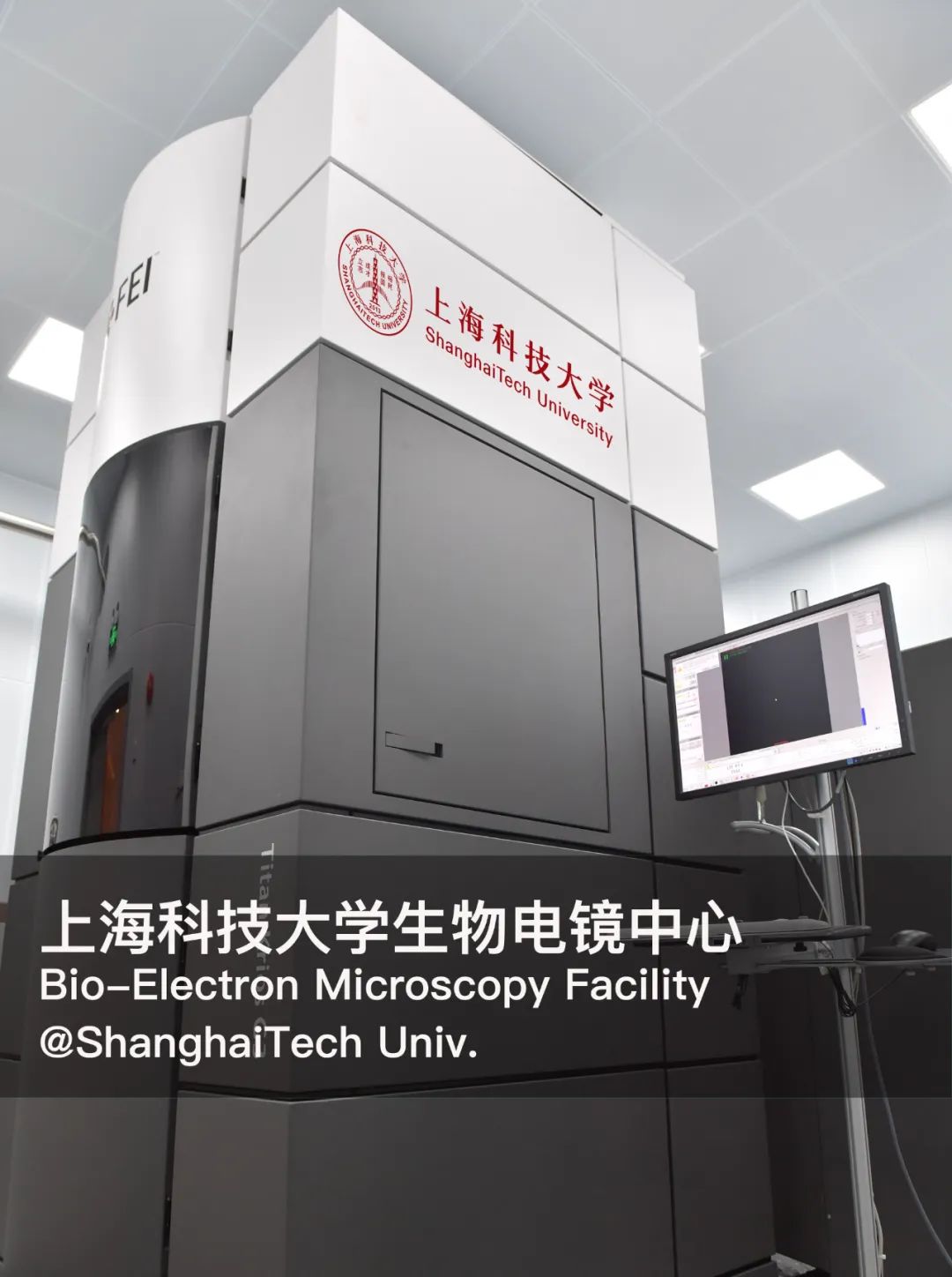Recently, a joint research team led by Zihe Rao (Distinguished Adjunct Professor at Shanghai Institute for Advanced Immunochemical Studies, SIAIS), Quan Wang (Assistant Professor at School of Life Science and Technology and SIAIS) from ShanghaiTech University, and Zhiyong Lou (Research Associate Professor) from Tsinghua University, reported a 2.9 Å cryo-EM structure of the RNA-dependent RNA polymerase of 2019-nCoV with cofactors, which is a major antiviral drug target and a primary target for an antiviral drug, remdesivir.

Coronavirus disease 2019 (COVID-19), caused by 2019-nCoV, is spreading rapidly across the world and has been announced as a “global pandemic” by the World Health Organization (WHO) on 15 March 2020. According to the WHO, there are over 200,000 confirmed cases and more than 8,600 deaths in 166 countries, areas or territories (last updated by WHO on 18 March 2020 18:00 CET, https://experience.arcgis.com/experience/685d0ace521648f8a5beeeee1b9125cd). The 2019-nCoV is a new member of the betacoronavirus genus and closely related to severe acute respiratory syndrome coronavirus (SARS-CoV) and Middle East respiratory syndrome coronavirus (MERS-CoV). A 2019-nCoV infection generally causes flu-like symptoms, such as fever, dry cough and fatigue. Severe cases may progress to multi-organ failure and even death. Unfortunately, there is no vaccine or specific medicine to prevent or treat COVID-19 at present. Nonetheless, an antiviral drug candidate named remdesivir (development code GS-5734), originally developed for treating the Ebola patients, was considered as one of the most promising candidates based on its broad antiviral spectrum (https://apps.who.int/iris/bitstream/handle/10665/330680/WHO-HEO-RDBlueprint%28nCoV%29-2020.1-eng.pdf?ua=1).
Coronaviruses employ a multi-subunit replication/transcription machinery, comprising of a set of non-structural proteins (nsp) produced as cleavage products of the ORF1a and ORF1ab viral polyproteins to facilitate virus replication and transcription. The RNA-dependent RNA polymerase (RdRp, also named nsp12), which catalyzes the synthesis of viral RNA, is a key component of coronaviral replication/transcription machinery and a primary target for the antiviral drug, remdesivir. Due to the crucial function of nsp12, the characterization of its structure in complex with its cofactors nsp7 and nsp8 provides atomic-level information to facilitate rational antiviral drug design and development.



On March 17th 2020, this research work was published on bioRxiv website, entitled “Structure of RNA-dependent RNA polymerase from 2019-nCoV, a major antiviral drug target” (https://www.biorxiv.org/content/10.1101/2020.03.16.993386v1,doi:10.1101/2020.03.16.993386).

ShanghaiTech University Campus
Read the published article:
Structure of RNA-dependent RNA polymerase from 2019-nCoV, a major antiviral drug target



